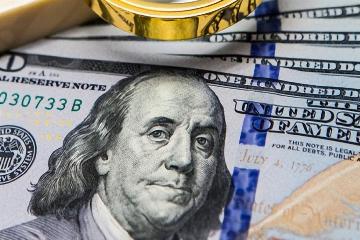Advertisements
In recent months, a notable shift has been observed in the landscape of America's economy, especially concerning inflation indicatorsThe Consumer Price Index (CPI), a significant measure used to gauge inflation, has shown an uptick after twelve months of declineThis change has arisen against the backdrop of broader monetary policy strategies implemented by the Federal Reserve, which has aimed to stabilize prices after a prolonged period of aggressive inflation.
On August 10, the U.SDepartment of Labor released data indicating that the unadjusted CPI for July increased by 3.2% compared to the previous year, marking a rise from 3% in June — the lowest level in over two years
Advertisements
This upward movement, although noteworthy, needs to be examined within the broader context of economic trends and consumer behavior.
When volatile elements such as food and energy are stripped away, the core CPI, which many economists consider a more stable indicator, registered a 4.7% increase, a slight decrease from June's rate of 4.8%. This nuance in the inflation data offers a clearer picture of price changes across the economy and suggests a more tempered inflationary environment, which is crucial for setting effective economic policies.
Advertisements
The latest CPI data undoubtedly provides critical insights that influence the Fed's future monetary policy direction.
Moderate Inflation Trends
Since the Federal Reserve embarked on its rapid rate-hiking campaign, inflation in the United States has steadily decreased from a staggering peak of 9.1% in June of the previous year.
The July CPI data aligns with expectations, showing both overall and core CPI rising by 0.2% month-over-month, with year-over-year inflation rate climbing from 3% to 3.2%, while the core rate fell to 4.7% as anticipated
Advertisements
A closer examination reveals that various categories including housing, auto insurance, education, and entertainment have experienced increasesConversely, airfares, used vehicle and truck prices, medical services, and communication costs witnessed a decline in JulyNotably, housing inflation remains the predominant contributor to the CPI's overall movement.
- Economic Conditions Drive Exchange Rates
- Secrets of Elite Traders' Success
- Drivers of Global Financial Turmoil
- Tesla Loses $280 Billion in Market Value Overnight
- US Inflation Rebound Fuels Rate Hike Fears
This level of inflation is beneficial for sustaining steady economic growth while providing businesses and consumers with realistic price expectationsHence, there is no need to overreact to the recent uptick in inflation measurements.
Since 2022, each interest rate decision from the Federal Reserve has been closely tied to inflation data, highlighting the centrality of these metrics in guiding monetary policy.
At the recent Fed monetary policy meeting, Chairman Jerome Powell underscored the importance of data in determining future rate hikes, committing to a deliberative approach of making decisions at successive meetings based on incoming data.
Currently, the market has adjusted its expectations for a rate hike in September by the Fed downward.
According to David Khol, Chief Economist at Julius Baer, U.S

- November 8, 2024
Leave Your Comment